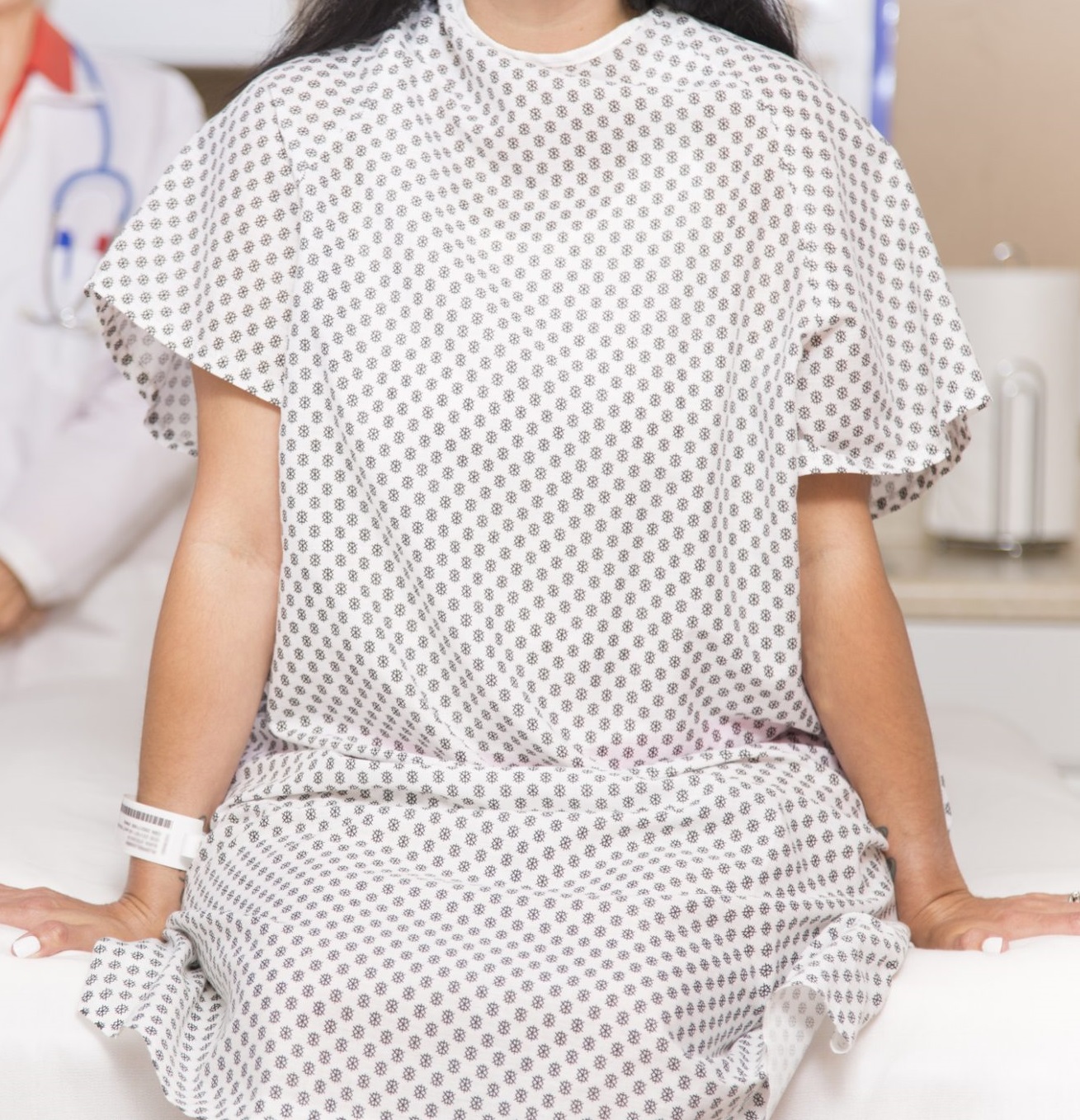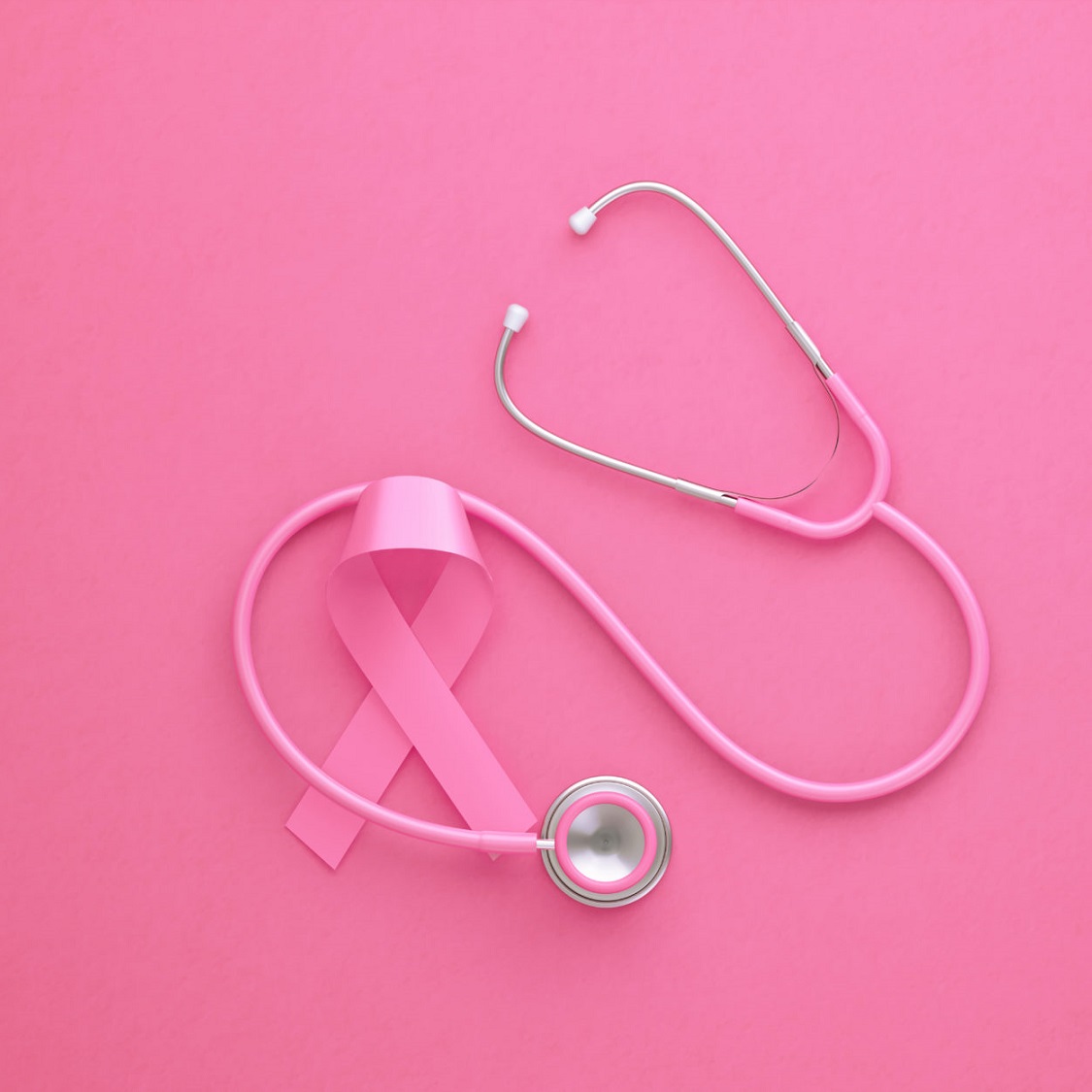Are Mammograms Painful?

August 19, 2020
For women, mammograms are a key step in keeping themselves and their breasts healthy. But if you haven’t had a mammogram before, knowing what to expect can help alleviate fears you might have about discomfort.
What to Expect from a Mammogram
A mammogram is a type of X-ray that produces images of breast tissue. Radiologists examine the images to determine if there are abnormal areas in the breast tissue that could be indicators of cancer. The breast rests on a plate, and a curved flexible paddle will compress the breast against the plate to spread out and immobilize the tissue. This allows for a clearer image and the lowest possibly radiation dose. The results of your mammogram are typically available the same or next day.
How to Make Mammograms More Comfortable
Mammograms are quick and noninvasive. Some women may have minor discomfort, but it is brief and most women find it to be tolerable, explains Gail Starr, M.D., M.S.Ed., director and diagnostic radiologist at the Betty Torricelli Institute for Breast Care at Hackensack University Medical Center and The Breast Center at Palisades Medical Center.
Dr. Starr says the timing of your mammogram can help reduce the chance of pain. “Try not to schedule your mammogram for the week before or during your period,” she says. “Breasts can be swollen or tender during this time, which could make the mammogram more uncomfortable. In addition, for some women, caffeine can contribute to fibrocystic changes and breast pain. Cutting back on caffeine, may prove to be helpful. Any woman experiencing severe pain during the mammogram should alert the technologist right away. They will work with you to make this the best experience possible. Our goal is to get the highest-quality imaging with little or no discomfort.”
Why You Shouldn’t Wait
Bokran Won, M.D., director of the Women’s Center at Riverview Medical Center and the Women’s Center at Bayshore Medical Center, explains that mammography is not often painful, just uncomfortable, and the value of the test outweighs any soreness it may cause. “Mammography is the only screening tool that has been proven to reduce mortality from breast cancer,” she says. “There are additional screening tools, such as breast ultrasound and breast MRI with contrast that can improve cancer detection rates, especially in women with dense breasts.”
Dr. Won agrees with the guidelines to start screening mammography annually at age 40 for average-risk women, as recommended by the American College of Radiology (ACR), the Society of Breast Imaging (SBI) and the American Society of Breast Surgeons (ASBrS). More recently, ACR and SBI have recommended that all women starting age 30 should consider risk assessment. “I believe that breast cancer risk assessment results will help guide women and their physicians in developing informed personalized plans,” Dr. Won says.
Next Steps & Resources:
- Find out more about women’s health services available at Hackensack Meridian Health
- Meet our sources: Gail Starr, M.D., M.S.Ed. and Bokran Won, M.D.
- To make an appointment with Dr. Starr, Dr. Won or another doctor near you, call 800-822-8905 or visit our website.
- How to prepare for a mammogram
- Should you be doing self-exams?
The material provided through HealthU is intended to be used as general information only and should not replace the advice of your physician. Always consult your physician for individual care.
Who Should Get Screened for Breast Cancer?

Breast cancer screening with a mammogram is one of the most effective ways to find breast cancer in a person before they experience any symptoms.
3 Myths About Breast Cancer, Debunked

Breast surgeon Yolanda Tammaro, M.D., knows her patients may be running the gamut of emotions when they step into her office.